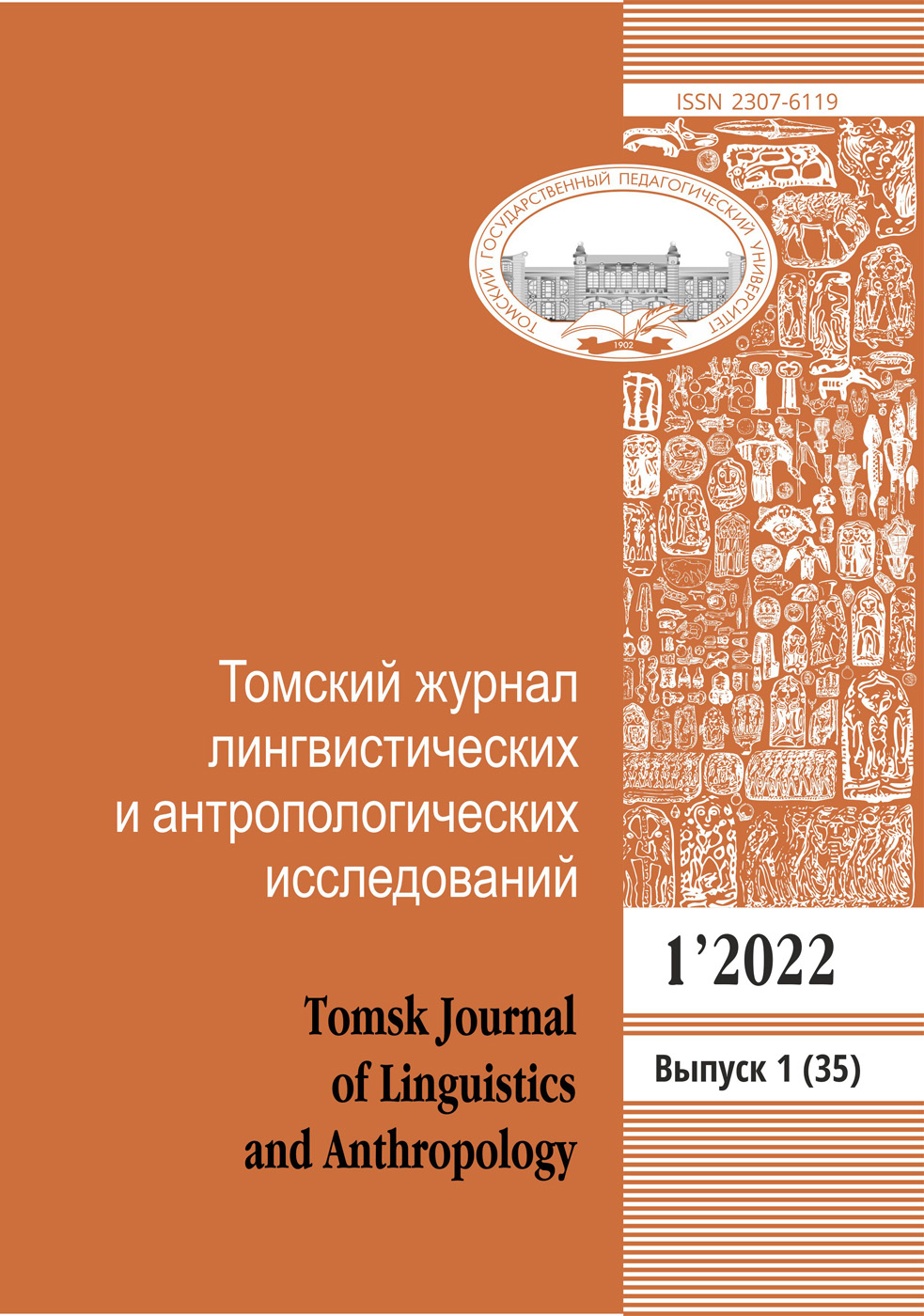FROM EMOTIONAL RESPONSE TO MUSIC TO EMOTIONAL RESPONSE TO HUMAN BEINGS
DOI: 10.23951/1609-624X-2017-12-129-133
The need for developing emotional responsiveness in preschool age is dictated not only by modern normative documents in the field of education, the sensitivity of preschool age, but also by the need of society in humane responsive people. By now pedagogical literature has sufficient theoretical prerequisites for studying the phenomenon of emotional responsiveness in preschool age. Pedagogical studies turned to various means for the development of emotional responsiveness in children, such as: theatrical activity, fiction, musical activity. Music is a unique and multifaceted means of pedagogical influence. The use of music as a means of developing emotional responsiveness in preschool children rests on the essential characteristics of music itself. Responding to psycho-physiological indicators of experiencing emotions (expressive movements (facial expressions, pantomime), breathing, intonation), music by its own means can model any expressive symptoms of emotional reactions. The use of music as a means of developing emotional responsiveness of preschool children should take into account the insufficient subject experience of children’s emotional feelings. Therefore, for the organization of classes on development of emotional responsiveness of preschool children, a step-by-step mechanism is proposed that takes into account the essential characteristics of music as a means, peculiar features of the age of children, and their musical preferences.
Keywords: emotional responsiveness, preschool age, preschool education, music, subject experience
References:
1. Teplov B. M. Psikhologiya muzykal’nykh sposobnostey [Psychology of musical abilities]. Problemy individual’nykh razlichiy [Problems of individual distinctions]. Moscow, 1961. 536 p. (in Russian).
2. Rossolimo G. I. Iskusstvo, bol’nyye nervy i vospitaniye (po povodu “dekadentstva”) [Art, sick nerves and education (concerning “decadence”)]. Moscow, 1901. 52 р. (in Russian).
3. Orlov G. Drevo muzyki [The tree of music]. Saint Petersburg, Kompozitor Publ., 2005. 440 р. (in Russian).
4. Panaiotidi E. G. Pochemu my slushayem grustnuyu muzyku? K probleme otritsatel’nykh emotsiy [Why do we listen to sad music? The issue of negative emotions]. Vestnik Samarskoy gumanitarnoy akademii – Bulletin of Samara Academy for the Humanities, 2008, no. 2 (4), pp. 157–175 (in Russian).
5. Mew P. The Expression of Emotion in Music. British Journal of Aesthetics, 1985, vol. 25 (1).
6. Garipova N. M. K voprosu ob emotsional’nykh komponentakh v strukture soderzhaniya i vospriyatiya muzyki [To a question of emotional components in structure of contents and perception of music]. Vnemuzykal’nyye komponenty kompozitorskogo teksta: mezhvuzovskiy sbornik statey [Non-musical components of of the composer’s text: universtity collection of articles]. Ufa, Ufa State Institute of Arts named after Zagir Ismagilov Publ., 2002. Pp. 101–117 (in Russian).
7. Kagan M. S. Tselostnaya kontseptsiya [Holistic concept]. Sovetskaya muzyka, 1985, no. 1, pp. 71–79 (in Russian).
8. Asaf’ev B. V. Muzykal’naya forma kak protsess [Musical form as process]. Leningrad, 1971. 376 р. (in Russian).
9. Tarasov G. S. Problema dukhovnoy potrebnosti (na materiale muzykal’nogo vospriyatiya) [The issuae of spiritual need (material of musical perception)]. Moscow, 1979. 190 р. (in Russian).
10. Kivy P. Feeling the Musical Emotions. British Journal of Aesthetics, 1999, vol. 39 (1).
11. Yakobson P. M. Emotsional’naya zhizn’ shkol’nika [Emotional life of the school student]. Moscow, 1966. 292 р. (in Russian).
12. Davies S. The Expression of Emotion in Music. 1980. 353 р.
13. Donald C. The Sentiment in Musical Sensibility. Journal of Aesthetics and Art Criticism, 1982, no. 40, pp. 390–391.
14. Gogoberidze A. G., Derkunskaya V. A. Teoriya i metodika muzykal’nogo vospitaniya detey doshkol’nogo vozrasta: ucheb. posobiye dlya stud. vyssh. ucheb. zavedeniy [Theory and technique of musical education of children of preschool age: stude guide for students of higher educational institutions]. Moscow, Akademiya Publ., 2005. 320 p. (in Russian).
Issue: 12, 2017
Series of issue: Issue 12
Rubric: PRESCHOOL AND GENERAL EDUCATION
Pages: 129 — 133
Downloads: 1359





